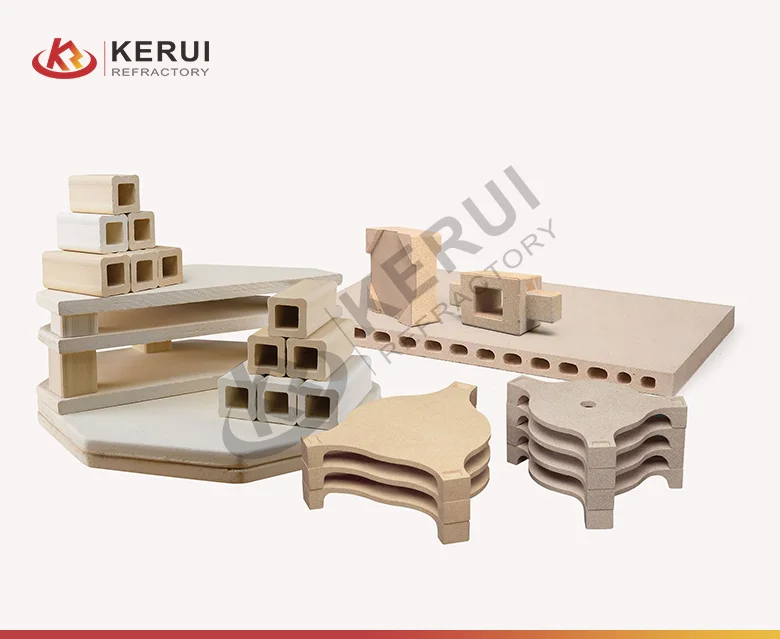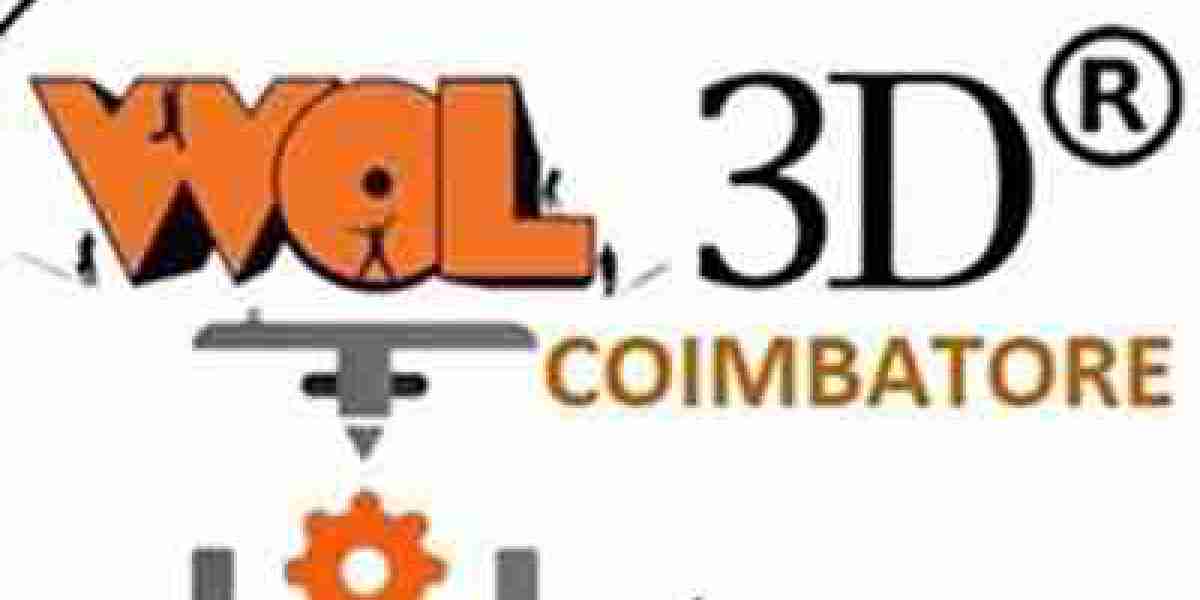Kiln shelves are an essential component of any kiln, providing a flat, stable surface for pottery and other ceramic pieces to be fired. They come in a variety of materials, sizes, and styles to suit different firing needs.

Types of Kiln Shelves
The most common type of kiln shelves is made from fireclay, a type of clay that is highly resistant to heat and can withstand the high temperatures of a kiln. Fireclay shelves are typically rectangular or round in shape and have a smooth, flat surface. They are available in a variety of thicknesses, depending on the size and weight of the pieces being fired.
Other types of kiln shelves include:
- Silicon carbide shelves: These shelves are even more heat-resistant than fireclay shelves and are often used for firing high-fire ceramics. They are also more durable and can withstand heavier loads.
- Alumina shelves: These shelves are made from a type of ceramic that is very strong and lightweight. They are often used for firing delicate pieces or for use in kilns that have limited space.
- Metal shelves: Metal shelves are typically made from stainless steel or aluminum. They are not as heat-resistant as fireclay or silicon carbide shelves, but they are often used for firing low-fire ceramics or for use in kilns that have limited ventilation.
Choosing the Right Kiln Shelves
The type of kiln shelf you choose will depend on a number of factors, including the type of ceramics you are firing, the size and weight of your pieces, and the firing temperature of your kiln. Here are some things to consider when choosing kiln shelves:
- Material: If you are firing high-fire ceramics, you will need to use silicon carbide or fireclay shelves. If you are firing low-fire ceramics, you may be able to use metal shelves.
- Size: The size of the shelves you need will depend on the size of your kiln and the size of your pieces. Be sure to choose shelves that are large enough to accommodate your pieces without overcrowding the kiln.
- Thickness: The thickness of the shelves you need will depend on the weight of your pieces. Heavier pieces will require thicker shelves.
- Ventilation: If your kiln has limited ventilation, you will need to choose shelves that allow for good air circulation. Metal shelves are a good option for kilns with limited ventilation.
Using Kiln Shelves
Once you have chosen the right kiln shelves for your needs, it is important to use them properly. Here are some tips for using kiln shelves:
- Place shelves evenly in the kiln: This will help to ensure that your pieces are fired evenly.
- Use kiln wash: Kiln wash is a thin layer of clay that is applied to kiln shelves to prevent them from sticking to the pottery.
- Don't overload the shelves: Overloading the shelves can cause them to crack or break.
- Allow shelves to cool completely before removing: This will help to prevent them from cracking or breaking.
With proper care, kiln shelves can last for many years. By choosing the right shelves and using them properly, you can ensure that your pottery is fired evenly and safely.
Additional Tips
- If you are using new kiln shelves, it is a good idea to fire them empty before using them for the first time. This will help to remove any impurities that could cause problems during firing.
- You can also use kiln posts to support larger or heavier pieces. Kiln posts are made from the same material as kiln shelves and are available in a variety of sizes.
- If you are not sure what type of kiln shelves you need, you can always ask for advice from your local pottery supplier.












